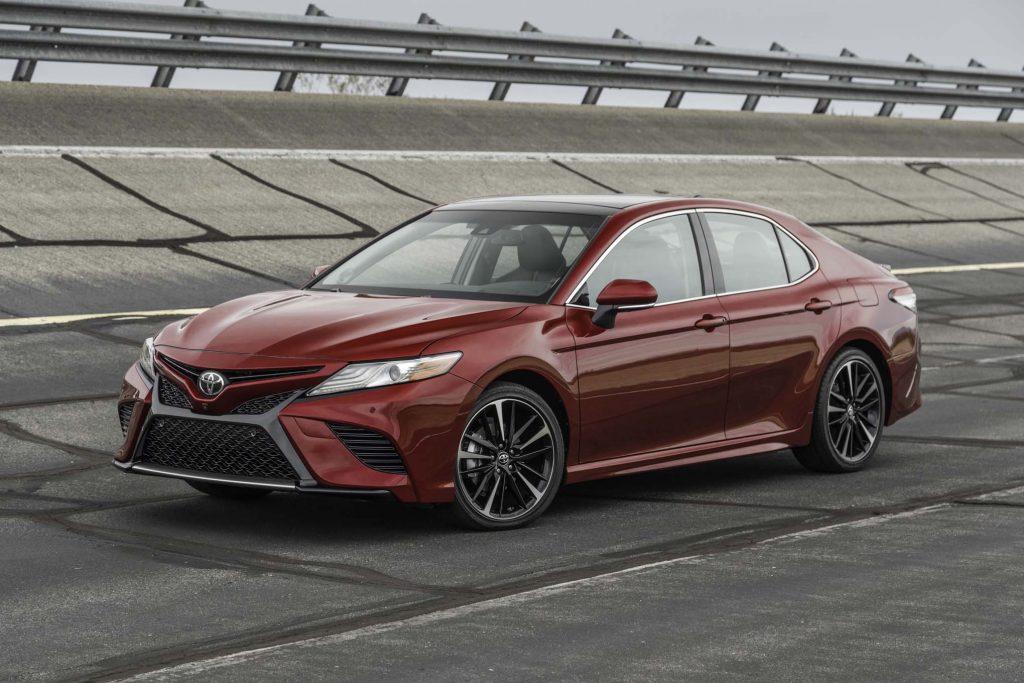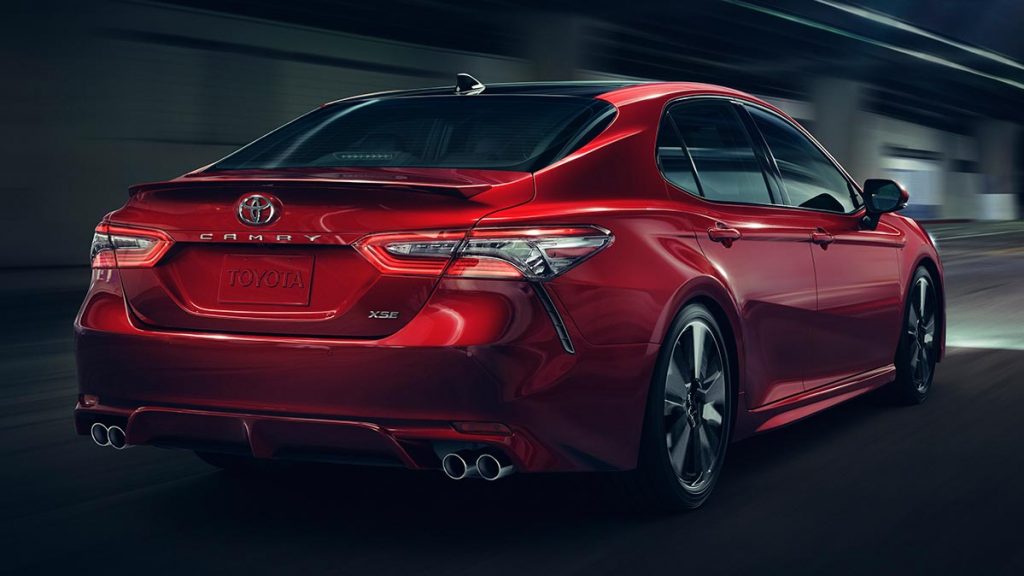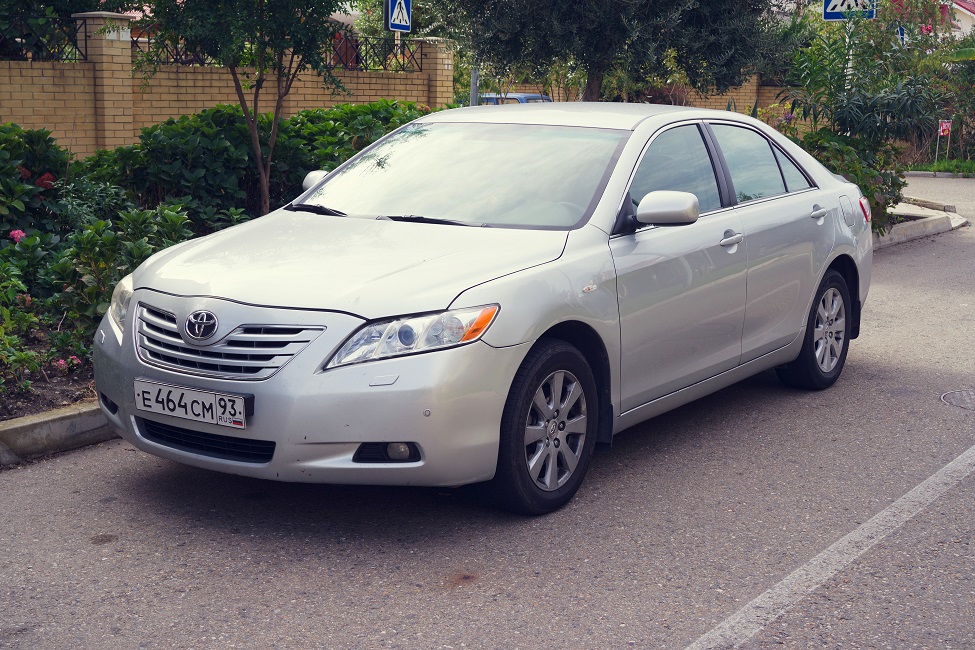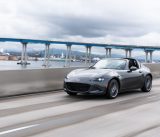The name “Camry” is a phonetic, Anglicized form of the Japanese word kanmuri, meaning “crown.” Toyota has a tradition of naming its primary model cars with variations on the word “crown.” “Corona” and “Corolla” in Latin mean “crown” and “little crown,” respectively. Over the years there has also been a Toyota Tiara model and a Toyota Scepter model, showing commitment to this naming method.

The Beginning
The Toyota Camry’s history combines both Japan and the United States, as variants of the car have been released as either for Japan, the United States, or for both. It began in 1979 with the Celica Camry, a four-door sedan marketed in Japan and created as a compact, or narrow-body, car. In 1982 the Camry became an independent line and was marketed internationally, with the “V10” appearing as the first series. At this time, Toyota offered a five-door liftback model in addition to the four-door sedan.
Second Generation
The second generation, the Camry V20 series, came out in 1986 with a station wagon that replaced the five-door liftback model. At the same time, Toyota produced a Japan-exclusive hardtop sedan. Government regulations limited Japan to a narrow-body design, but the American market clamored for a wide-body design. Toyota met the demand by introducing the wide-body XV10 station wagon and sedan in 1991. Meanwhile, in Japan, Toyota came out with a V30 sedan and hardtop, which replaced the V20.

In the ‘90s
In 1993, the XV30 coupe made its debut. This car eventually morphed into the Camry Solara and established its own independent line. In 1994, the V40 pushed the V30 aside. In 1996, the XV20 came to market, dubbed the Camry Gracia in Japan. When the Japanese V40 ceased production in 1998, the Japanese Camry and other Camrys worldwide again became similar. The sub-name “Gracia” dropped from the sedans in Japan in 1999, but the station wagons retained it until their demise in 2001. The XV30 was the wide-body car in 2001 and was sold strictly as a sedan. The automaker offered two front-end and rear-end designs; Japan and most worldwide markets received the more conservative version.

source: ShutterStock
2006 Camry
The XV40 entered the market in 2006 and introduced the Camry Aurion. Beginning in 2011 and continuing through 2017, the XV50 series helped increase the alternative body panels’ popularity in such countries as Japan and Eastern Europe. The Toyota Camry’s current and eighth generation is the XV70 which made its debut at the North American International Auto Show in January 2017. In addition to existing markets, Indonesia, Thailand, and Australia will also offer this generation. A new Toyota Motors manufacturing plant in Kentucky will receive new equipment to produce the Toyota New Global Architecture; once everything is in place, all North American production will happen at this Kentucky plant. The Victoria, Australia, plant closed after 55 years of Toyota production. The Camry will share the new Toyota New Global Architecture platform with the new Prius hybrid hatchback and the C-HR SUV crossover.





